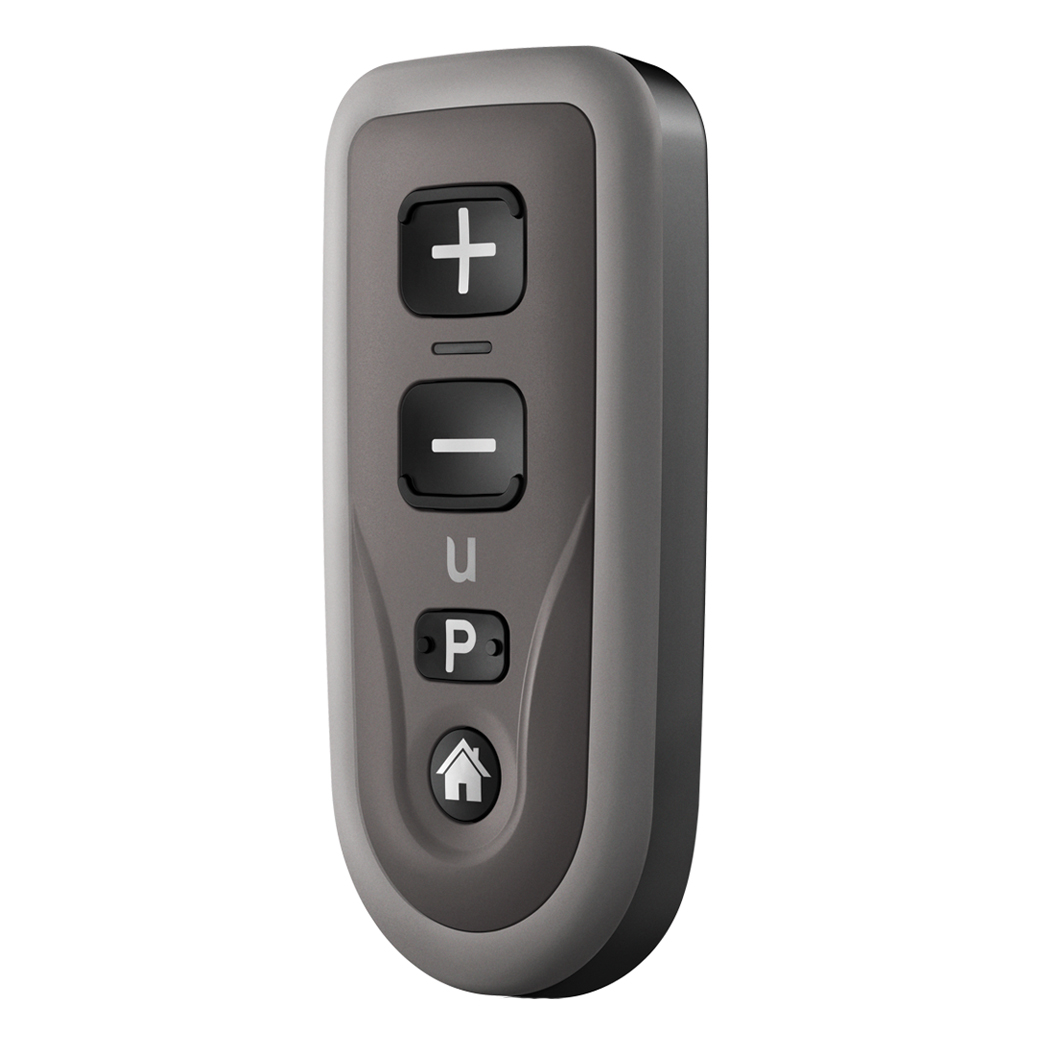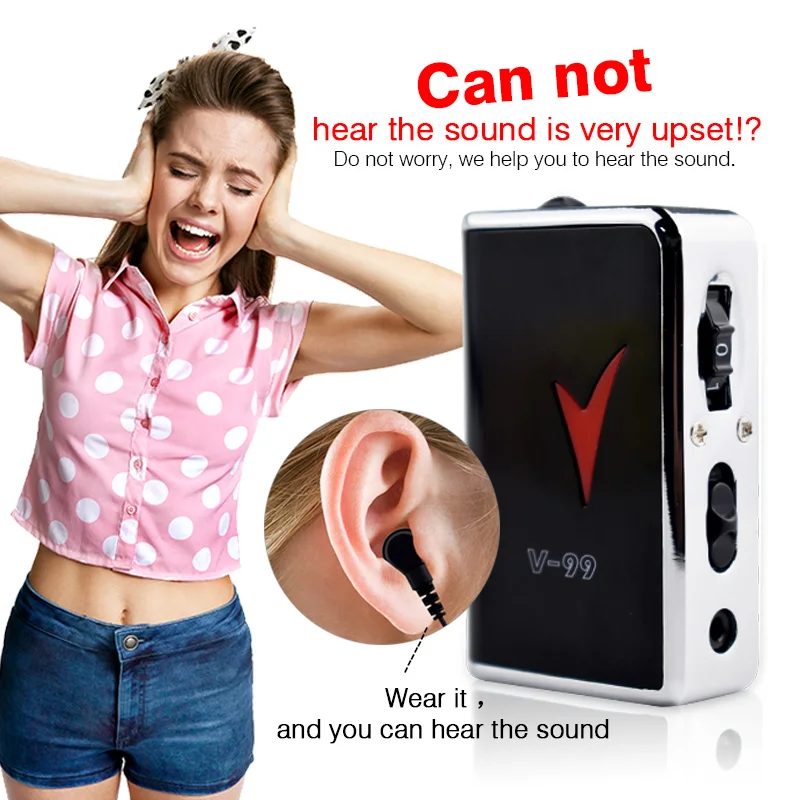
With these Bose Hearing Aids, you put them on and start experimenting with the tuning in the app. Typically, hearing aids take some getting used to because you hear more sound (including your own voice) than you’re used to and that can be a little jarring. The audiologist will tune the hearing aids based on your hearing test and then she’ll make some tweaks based on your feedback after you use them. I’ve had hearing tests and worked with audiologists in the past to tweak the sound of the hearing aids I was testing. The instructions are clear and the process is straightforward.

The buds turn on when you push the the battery door closed and turn off when you pop it open (when not in use, you store the hearing aids in their case with the door open to save the batteries). They are eligible for FSA and HSA reimbursement.Īfter I put the batteries in, I had no trouble pairing the hearing aids to the Hear app on my iPhone via Bluetooth.
#Bose sound control hearing aid trial
The included cable that runs from the hearing to the tip should be a fit for most ears but Bose will send you a different size one if it doesn’t work and these come with a 90-day risk-free trial as well as dedicated support, including one-on-one video appointments with Bose Hear Product Experts to get personalized help and guidance. © Provided by CNET The hearing aids in their included case. They’re water-resistant “to survive light exposure to rain or water.” A battery lasts up to four days when used for 14 hours a day and eight batteries are included in total. Bose says each hearing aid weighs 3 grams and contains two microphones, one tiny speaker and a standard 312 zinc-air battery. (A quick search of the FDA website did not turn up any search results for Vivtone Pro20 or Vivtone, but the Bose SoundControl Hearing Aids are there.) Previously, Bose dabbled in hearing amplification with its experimental $500 Hearphones, which were discontinued in 2020.įor your typical behind-the-ear, receiver-in-canal designed hearing aids (these come with three sizes of open and closed dome eartips) the SoundControl Hearing Aids are lightweight and nicely designed. As hearing aid regulation has evolved during the pandemic, plenty of new products have been falling into the PSAP gray zone.įor instance, Vivtone says its $500 Pro20 model is FDA-cleared and “medical grade” but then refers to the product as both a “hearing aid” and “hearing amplifier” on its Amazon product page and its website. Other companies like Zvox have created low-cost personal sound amplification products, or PSAPs - its VoiceBud VB20 amplifiers cost about $300 for a pair - but in order to call a product a “hearing aid,” you need FDA clearance, which is a notch below FDA approval.


© Provided by CNET The Bose Hear app is simple to use.


 0 kommentar(er)
0 kommentar(er)
